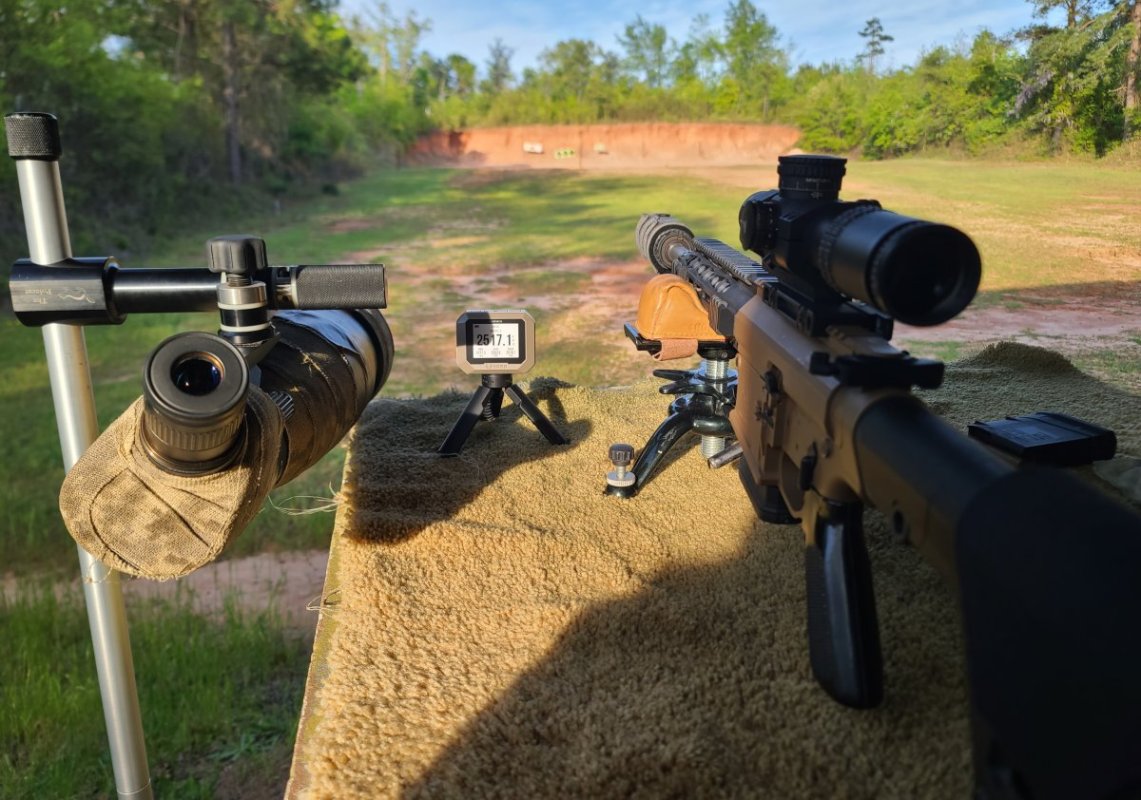I've had plenty of students use Vortex Viper PSTS's in the 6-24x and 4-16x ranges. None of them had issues getting to 1,000yds during my classes.
24x is usually not an issue at 1,000yds, but can be at times if the mirage is especially bad. If so, just turn the power down. You can turn a 6-24x scope down to 16x, but you can't turn a 4-16x up to 24x.
The Sightron S-III line are highly underrated scopes. Very strong erector design and great glass.
If you're looking for a range toy scope, you won't need FFP. As a matter of fact, at times FFP can be a detriment in that role.
24x is usually not an issue at 1,000yds, but can be at times if the mirage is especially bad. If so, just turn the power down. You can turn a 6-24x scope down to 16x, but you can't turn a 4-16x up to 24x.
The Sightron S-III line are highly underrated scopes. Very strong erector design and great glass.
If you're looking for a range toy scope, you won't need FFP. As a matter of fact, at times FFP can be a detriment in that role.






